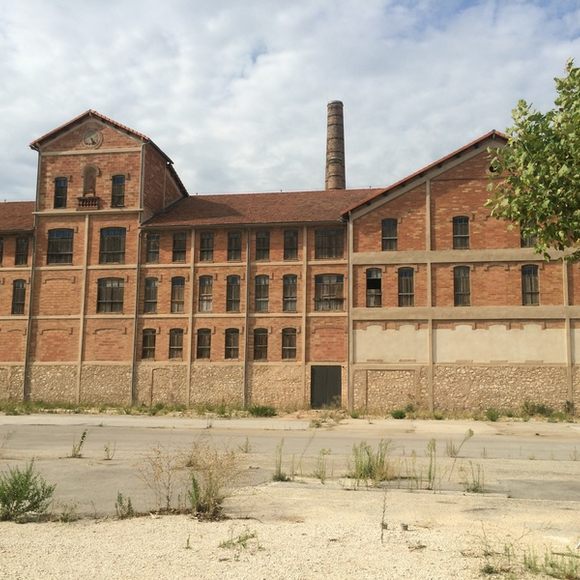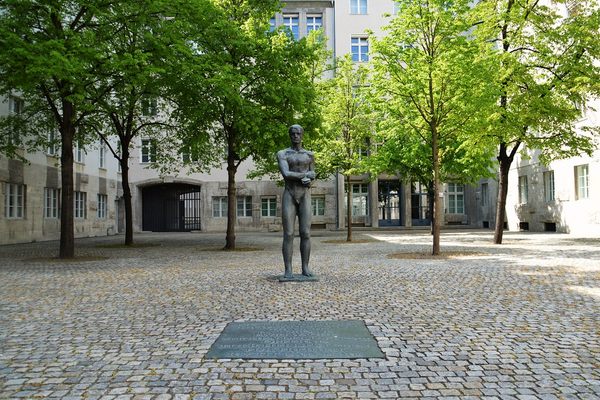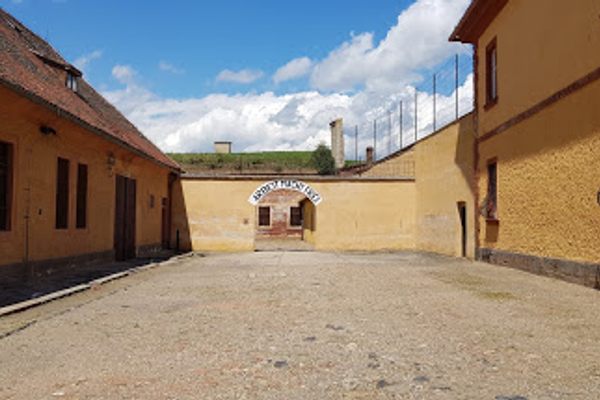Camp des Milles
Now a memorial, this factory was once used as a concentration camp for artists by the Vichy government.
Fleeing Nazi oppression, for a period lasting until 1942, a large share of the internees were well known German artists, musicians and intellectuals who had been persecuted under Hitler’s regime and fled to France for safety. Famed Dadaist painter Max Ernst and surrealist photographer Hans Bellmer were both prisoners, alongside dozens of sculptors, playwrights, architects, and authors.
Given the creative occupations of so many of the people being held at Les Milles, it makes sense that they alleviated the boredom and frustration of confinement through artistic endeavors. Under the lenient watch of the guards, they wrote plays, painted over 300 works of art, and decorated the walls of the tile factory with cartoons and graffiti.
Underneath the pressing room lies a vast system of bricked tunnels and caves. These originally held the kilns used to fire the terra-cotta tiles. On one of the larger kilns is a painting of the two masks of the commedia dell’arte along with a painted sign reading “Die Katakombe.”
Following the surrender of France in June 1940, however, the permissive nature of the camp changed. The same train wagons which transported the artists of Les Milles to safety would soon be used for a much darker purpose. After the surrender, the French government was nominally still in charge, but the country was split into two parts administratively, with Germany occupying the north and east. The day-to-day running of the so-called Free Zone in the south was left to the new collaborationist French government. This led the old factory to turn into a horrifying way station for prisoners on their way to places like Auschwitz.
After Germany occupied all of France in 1942, the camp was closed and turned into a munitions factory. After the war, it reverted to its original purpose, making Provence’s red roof tiles, until it was finally abandoned.
Abandoned for many years, the prison camp has today been remarkably preserved as a permanent memorial to what happened there. It remains one of the only intact internment camps left in France, thanks to a 30 year long struggle to have it protected. For there were many opponents to the museum who would rather the terrible secret of les Milles be left buried and forgotten.


























Follow us on Twitter to get the latest on the world's hidden wonders.
Like us on Facebook to get the latest on the world's hidden wonders.
Follow us on Twitter Like us on Facebook